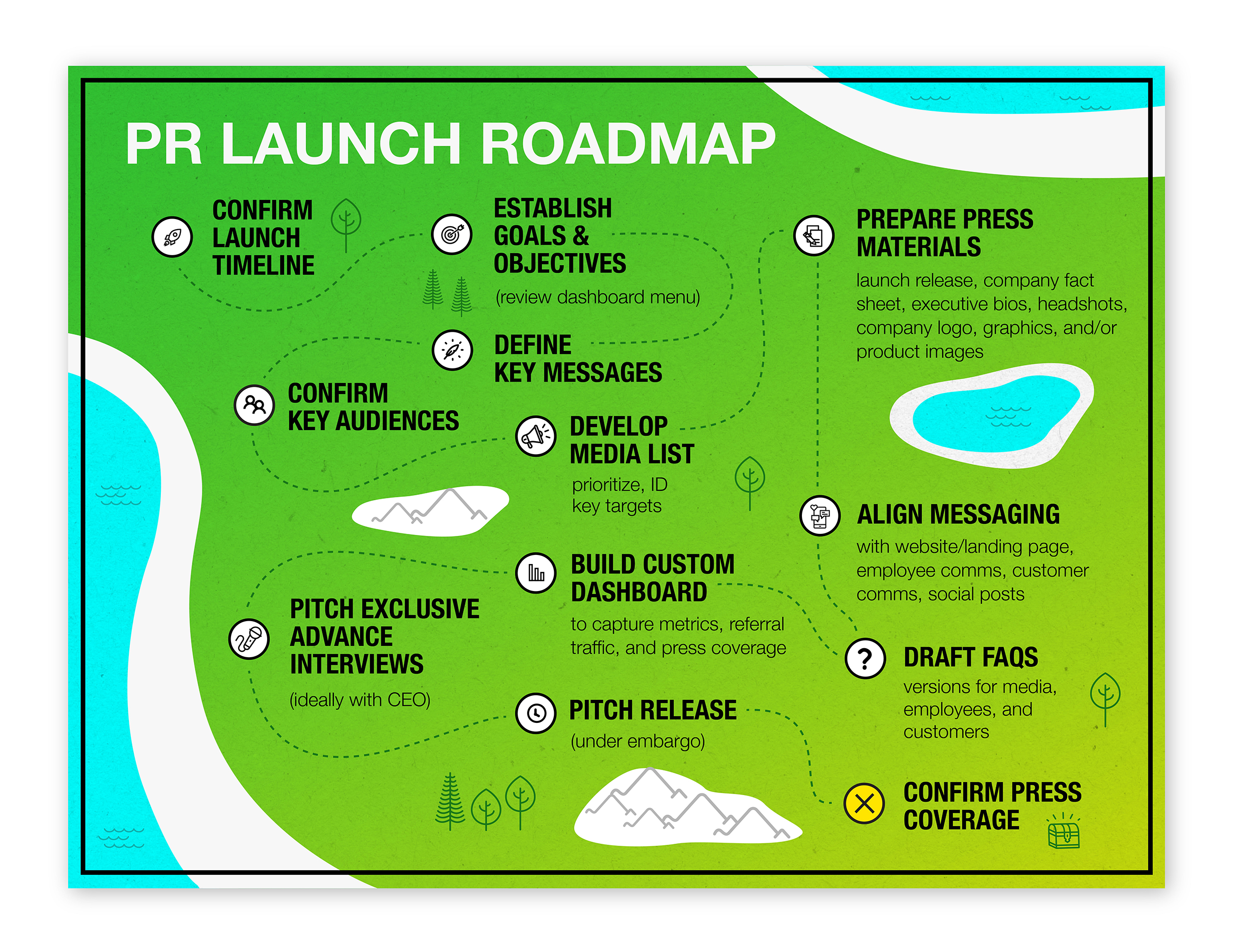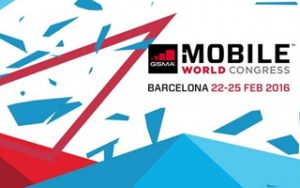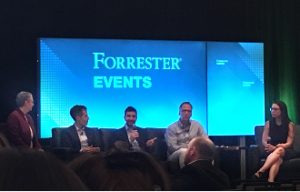Involve
Exponentially Increase Your Brand’s Marketing Results With PR

Tags
Brands, Fintech, Healthcare, Marketing and Advertising, Public Relations, Technology, Thought Leadership
Media relationships build brands.
What is PR and why should it be a part of the marketing mix for your brand?
Public relations is fundamentally about building relationships with media and target audiences. PR supports all other brand marketing activity by elevating brand awareness, highlighting expertise, and establishing product differentiation. And just as a single ad is not likely to lead to an immediate shift in consumer behavior, a single press release or interview will not sustain a brand’s narrative, no matter how well-timed and targeted.
It takes multiple engagements to make an impression, and a strategic PR campaign will showcase a brand’s attributes and thought leaders over and over, nuanced for each conversation that matters to your industry and each target audience that you are trying to reach.

Every company has a story to tell, and each launch is unique. Here are a dozen key considerations to maximize your message and earn positive press coverage. Our team is ready to address the complexity of your story with a customized approach based on your individual needs.
Tips for developing thought leaders.
Some of the PR tactics we employ, depending on a client’s specific goals and objectives, include messaging development and strategy, media relations, thought leadership, award submissions, and issues management as well as story mining and content development. While they are an important tool when there is timely news to announce, press releases actually make up a small percentage of the support we provide to our clients. Alerting the media to new technologies or products, new customers, or new partners all demands a timely announcement, but generating a consistent cadence of content placing brands at the forefront of their industries requires so much more.
Thought leadership can take the form of proactive pitching of subject matter experts (SMEs) or company leaders who can speak on industry trends and hot topics, such as the evolution of technology in their industry. To position thought leaders, we often pitch an SME for an interview or develop an angle for an article contribution authored by the SME. Podcasts can also provide wonderful opportunities to have a more robust conversation about a particular topic. We may also collaborate with the client to prepare a speaker proposal to present at an industry conference or participate in a panel discussion. Preparing nomination packages to secure awards for the company and/or its leadership can also elevate their star power, encouraging media to consider them worthy of being offered a byline or a microphone.
A word of caution: Securing opportunities to provide thought leadership is a futile exercise if a company has nothing to say. Our team is constantly story mining for our clients—keeping tabs on market trends, industry shifts or evolving news, new legislation, or new product introductions from competitors. We also meet regularly with our clients and ask a lot of questions about what’s new, what’s next, and who can provide an expert viewpoint on an industry trend we’re seeing. Suggesting how an industry can address pain points for its customers or providing predictions about where an industry is headed are two ways a brand can remain relevant, even when they don’t have any hot new “news” to share.
A pandemic shift.
One of the storytelling tactics that improved during the pandemic was media interviews. For most journalists, the interviews of yesteryear were conducted during a phone call. With the use of video-meeting platforms like Zoom and Teams, which became commonplace in daily workflow during our multiyear remote work isolation, face-to-face video calls are here to stay. Seeing who you are speaking with enhances engagement and encourages a more conversational interview, not to mention the recording and transcribing capabilities that allow reporters to focus on the conversation at hand rather than note-taking. Interruptions from children and pets on both sides of the screen only enhance the humanness of the interaction. Journalists and executives can now put names to faces with each interaction, encouraging a greater appreciation for each other and their developing relationships, mutually focused on the issues at the forefront of their industries.
For maximum effectiveness, a brand’s messaging should be consistent throughout paid, owned, and earned media channels.
Consistent messaging matters.
For maximum effectiveness, a brand’s messaging should be consistent throughout paid, owned, and earned media channels. Because press coverage is “earned,” it often carries more weight, and most marketing strategists agree that publicity adds value to advertising as part of an integrated marketing program. Why? If a key editor reports on the latest RTLS technology, let’s say, and writes an article featuring a small handful of companies that are improving patient care or staff safety with their technology, you want to be one of the brands mentioned. By nature of making the cut, the published article provides an underlying endorsement for your technology. The same holds true when an SME provides commentary on a given trend or topic and has quoted expertise attributed to them in an article reporting on that topic, thereby placing the SME in a conversation that matters to their business.
Beyond the brand, our curious team of strategic storytellers plugs into the business pulse of each client we serve. What are the current trends in their industry? Which competitors should we keep an eye on? How is our client’s product, service, or technology superior?
For our PR clients, we employ a myriad of tactics to secure them a place in the conversations that matter to their industries and help them deliver the right messages … at the right time … to the right audiences.
How can we help share your brand’s story and build relationships that matter to your business?



